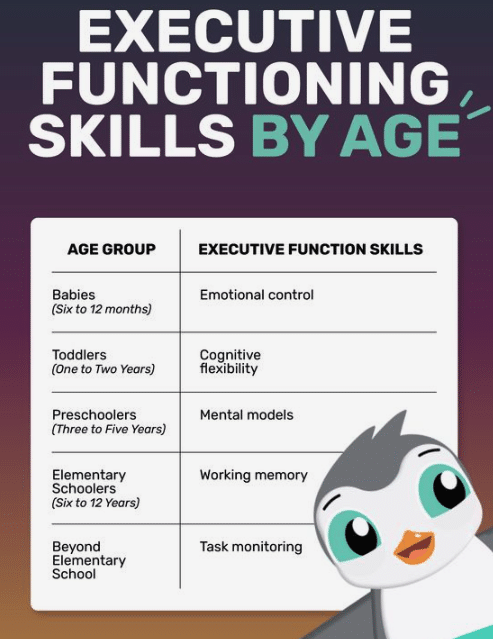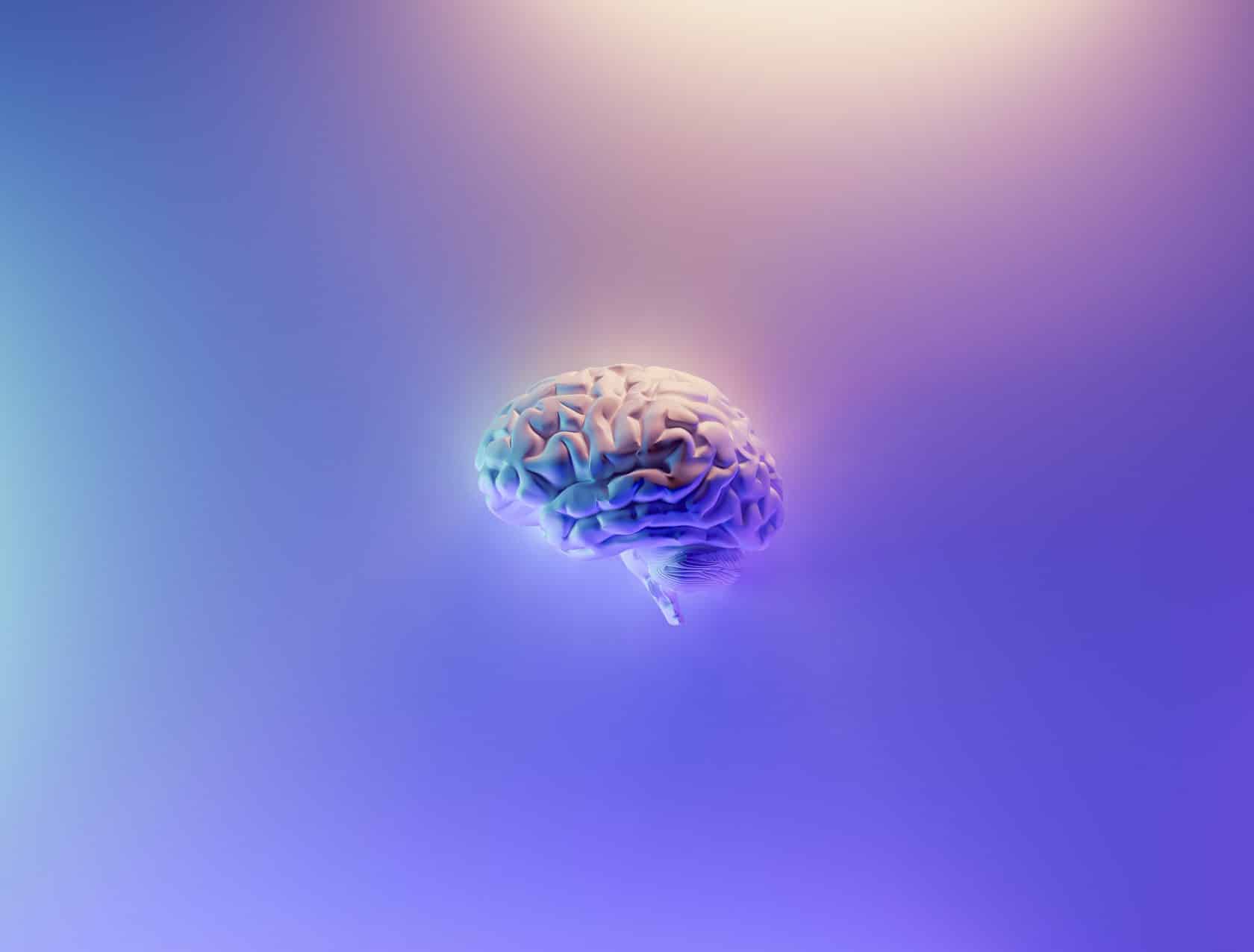Sarah, a 7-year-old girl, had been experiencing learning difficulties and behavioral issues. Her parents decided to consult with a specialist who used cranioscopy as part of a comprehensive evaluation. The specialist’s findings, combined with other assessments, helped paint a clearer picture of Sarah’s unique challenges and strengths:
- Cranial measurements revealed subtle asymmetries that suggested potential differences in brain development.
- Imaging tests provided detailed views of Sarah’s brain structure and function, identifying areas that might benefit from targeted interventions.
- Genetic analysis explored potential hereditary factors contributing to Sarah’s learning and behavioral profile.
Armed with this information, Sarah’s parents and educators developed a personalized support plan to help her thrive in school and beyond.















